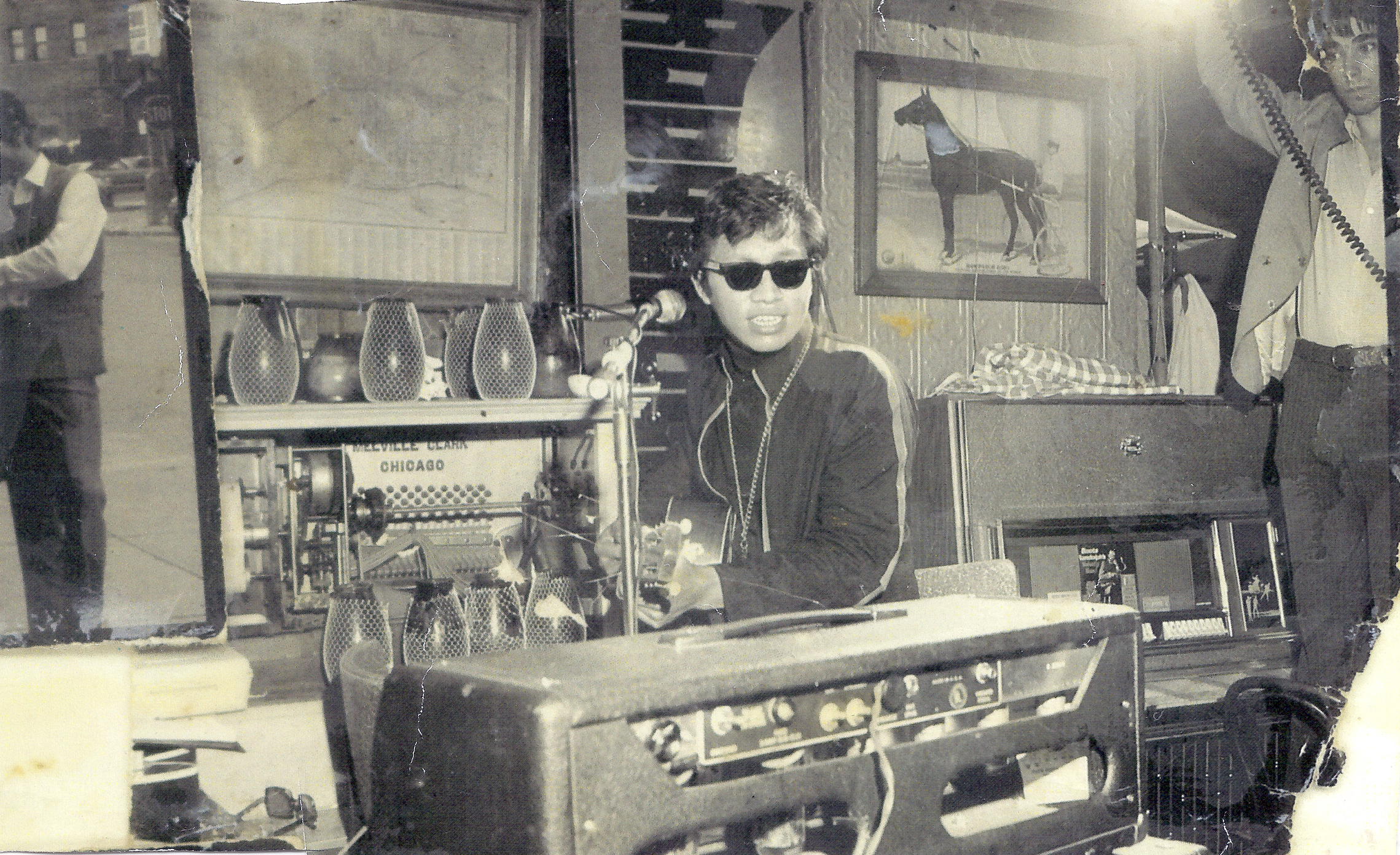When the Cave Singers emerged in 2007, the group of underground punk rockers playing jams and jigs while clutching acoustic guitars and spare percussion parts ushered in a new era of Seattle music. The dusky howling and scratchy riffing on the band’s debut, Invitation Songs, sounded like something had been made out of nothing.
Though the band has yet to attain the broad commercial success of local artists like Fleet Foxes and The Head and the Heart who popularized Seattle’s indie-folk sound—to say nothing of multiplatinum acts, like Mumford and Sons and the Lumineers, who work a similar sonic seam—none of these hitmakers have released a record with the giddy spark of originality and discovery as that debut. Even the Cave Singers themselves have yet to best their first.
Years—maybe even decades—from now, when a new crop of music fans are hearing “Ho Hey” and “Montezuma” for the first time, Invitation Songs will be ripe for reissue.
The reissue industry—labels and curators that specialize in finding gems from the past and repackaging them for a modern audience—is often maligned as a cash grab (an argument not without merit, thanks to some early industry missteps). But at its best, reissue labels offer a fresh listen to past albums that can resonate with contemporary audiences. Maybe more recent artists keep referring to a certain band in interviews; maybe DJs sample their drum breaks and riffs for new rap songs; maybe a movie digs out an oldie and someone discovers there’s a lot more to be found surrounding that song on the record. Or maybe a smart record exec hears a gem that deserves another chance.
Only so many albums are passed down organically through the generations. Even fewer bands can boast whole catalogs that are essential to its fan base. A good reissue hooks fans of new or classic records with albums they’ve never heard but are predisposed to appreciate.
If you’re a fan of The Clash, for example, you probably have every album the band made in its short recording career. Nothing will bring the band back to give us a new Clash record. But a reissue label can provide the next best thing: an album from the scene the band came out of, but that history has forgotten. The thoughtfulness and passion of The Clash are very rarely matched by other groups, but all the old punks I know who dug ’em at some point have also gone through the catalogues of Stiff Little Fingers, The Jam, and, God yes, the Pistols. For example, Sire Records’ 1972 compilation Nuggets, a deluxe double album of ’60s independent garage rock curated by Lenny Kaye (Patti Smith’s guitarist), was essential for punk-rock fans listening to later Sire signees like the Ramones and Talking Heads.
Sure, Johnny Cash and Elvis Presley are going to have their entire catalogs reissued to death repeatedly. They are the exceptions. Good reissue curators—like my colleagues at Seattle’s Light in the Attic, or the UK’s Soul Jazz, or Germany’s Trikont—wade through an artist’s catalog and skim off the cream. This often means putting out anthologies or focusing on a band’s first releases. Many bands, like the Cave Singers, are at their best at the start, finding their voice, hitting their stride and sometimes the charts.
This was the case with Betty Davis, a punk-funk performer of the early ’70s. Her first two LPs, Betty Davis and They Say I’m Different, were considered crucial by hip-hop and neo-soul fans in the way that the indie rock of the ’60s was inspirational to punks. After finding commercial and critical success with their 2007 reissues of Davis’ first two records, LITA released two more in 2009.
The legendary Rodriguez released an irresistible debut, Cold Fact, in 1970. Thanks to a LITA reissue and the Oscar-winning documentary Searching for Sugar Man, the album has been a popular seller and received a flurry of international music-press attention—and Rodriguez has sold out his April 25 show at the Neptune. Even listeners who don’t tend to buy older music by obscure artists find themselves drawn into it for the same reason they love Leonard Cohen, Bob Dylan, or other urban, poetic firebrand-folkies.
Over the years I’ve become dulled to the constant demands to keep up with “new bands”—many of whom are just jumbled variations of several old groups’ lineups talking over familiar sounds. The reissues of forgotten records that have quickly become classics—Cold Fact, the Monks’ Black Monk Time, or Karen Dalton’s It’s So Hard to Tell Who’s Going to Love You the Best, for instance—are proof that our connection to what’s new isn’t the only meaningful way we relate to music. On the whole, we’re more interested in hearing what’s good. The various scenes sprouting up around the Pacific Northwest that are filled with younger musicians who obviously adore older sounds are perfect examples: for instance, power-pop fans in their 20s who stuffed The Funhouse to hear Paul Collins’ Beat mostly because of his one legendary 1979 new-wave LP, reissued in 2005; or the re-emergent goth scene, with Nightmare Fortress and Grave Babies nocturnally haunting the future with the dark, primal energies of Siouxsie & the Banshees and Throbbing Gristle. These aren’t cover or tribute bands; they’re new groups doing with punk-originated sounds what the Ramones did with Nuggets: taking source material and making it their own. Grave Babies don’t sound like Throbbing Gristle, but they have the same dark heart.
They’re not turning a deaf ear to new music. But sometimes the best way to keep up with what’s going on today is to keep an ear open to the past. E
music@seattleweekly.com
Chris Estey is a local music writer and publicist. He presents “Old Sounds Make New Visions” at the EMP Pop Conference at 1:30 p.m. on Saturday.







